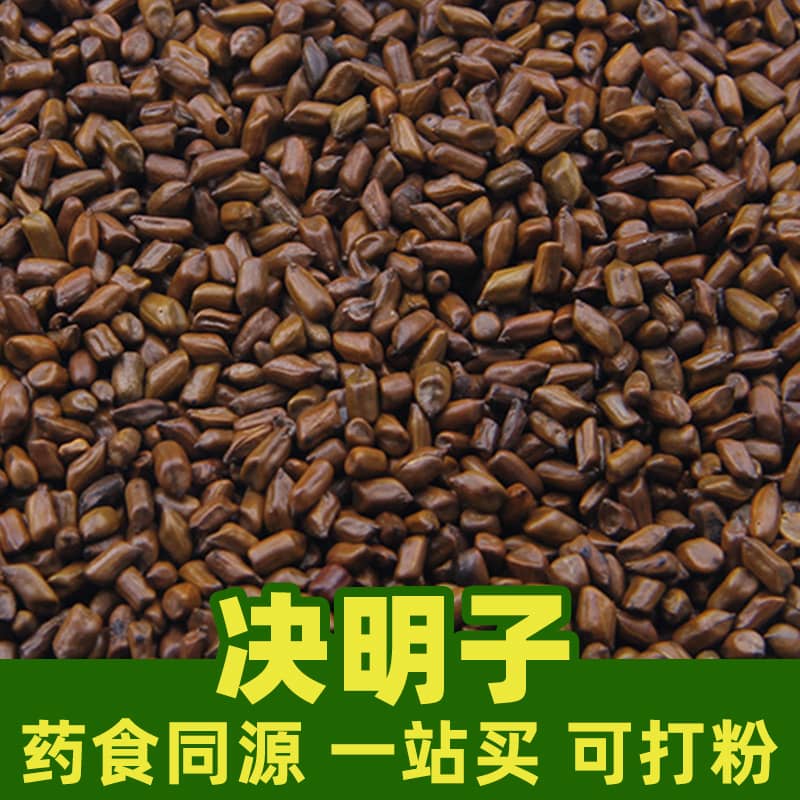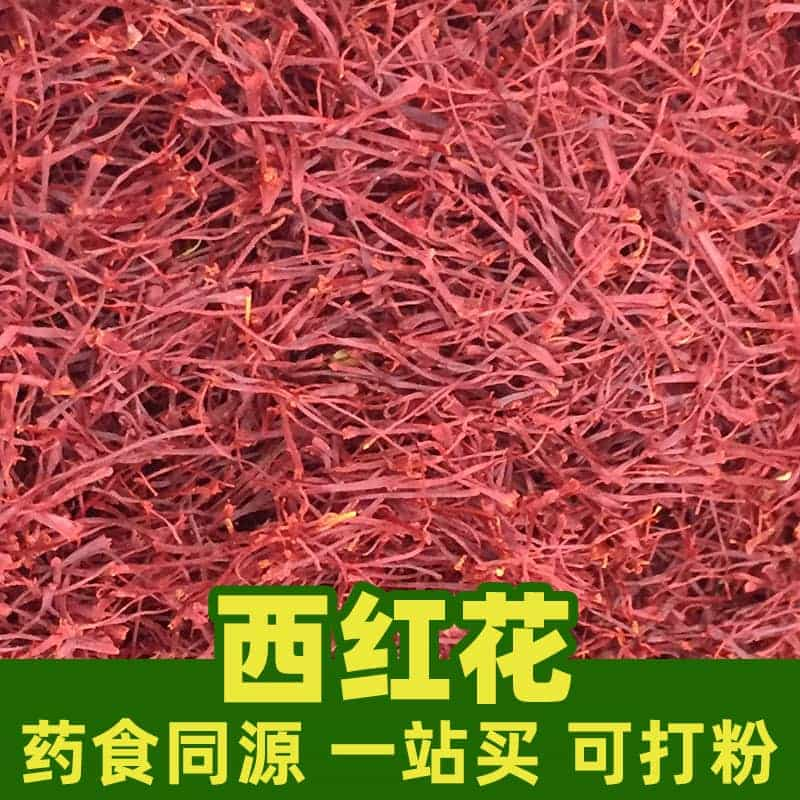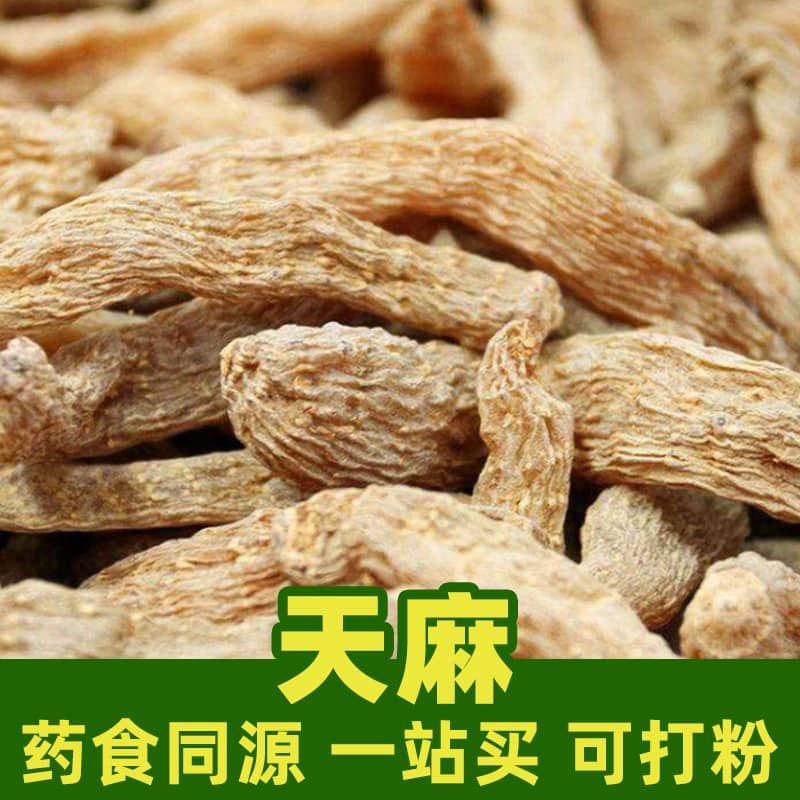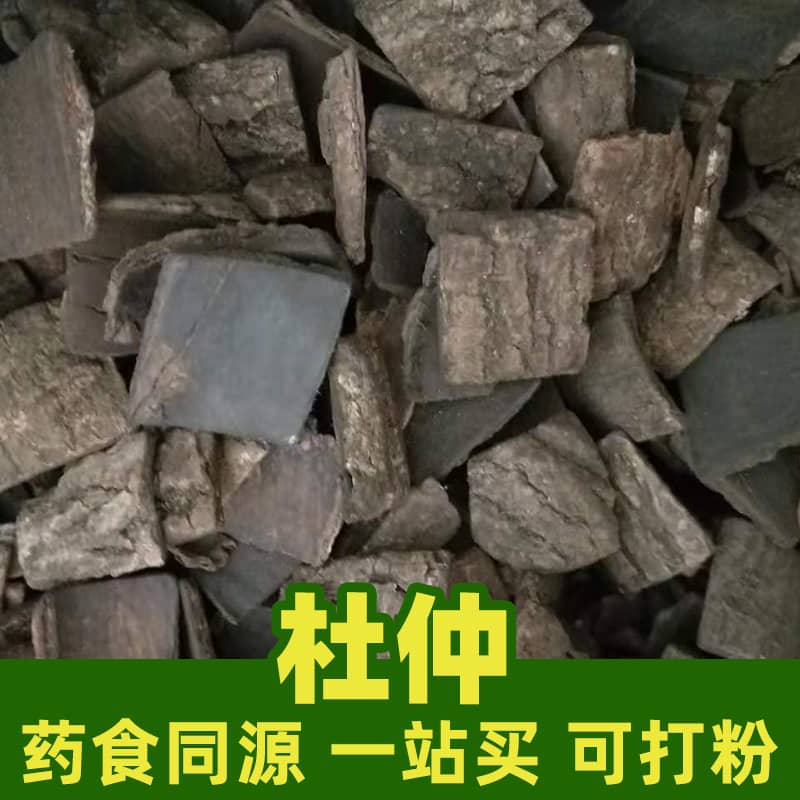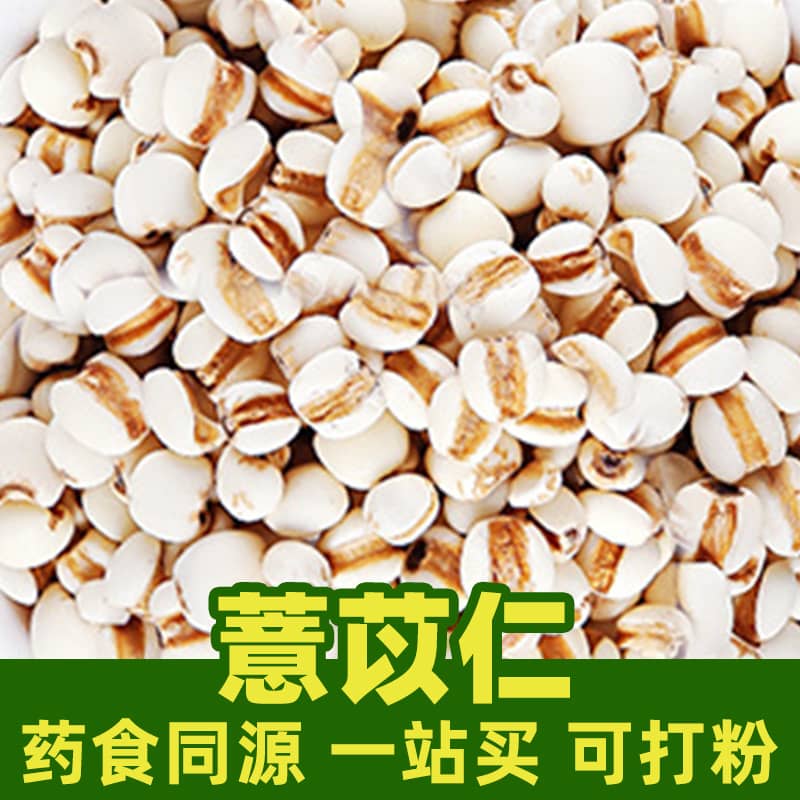Product Introduction
Fructus Gardeniae is the fruit of a plant. It is oval or oblong and has a yellow-green or dark green, glossy skin. The fruit contains multiple seeds, which are typically white.
Fructus Gardeniae comes from the Gardenia jasminoides plant, an evergreen shrub. It is widely distributed in Asia, including China, Japan, and Korea.
Fructus Gardeniae is rich in flavonoids, bitter compounds, and volatile oils. Flavonoids have antioxidant, anti-inflammatory, and antibacterial properties. Bitter compounds have a heat-clearing and detoxifying effect. Volatile oils contribute to its aroma.
Fructus Gardeniae has heat-clearing, detoxifying, anti-inflammatory, and analgesic properties. It is widely used in traditional Chinese medicine and food products.
Main Active Ingredients
Fructus Gardeniae is rich in flavonoids such as rutin and genistin. Flavonoids are the primary active components of Fructus Gardeniae and have antioxidant, anti-inflammatory, and antibacterial properties.
In addition, Fructus Gardeniae contains bitter compounds such as geniposide. Bitter compounds have a heat-clearing and detoxifying effect. Volatile oils contribute to the aroma of Fructus Gardeniae.
Product Applications and Dosage
Fructus Gardeniae is commonly used in traditional Chinese medicine and food products. In traditional Chinese medicine, Fructus Gardeniae is used to clear heat, detoxify, and relieve inflammation and pain, often used to treat damp heat, heat, and toxicity. In food, Fructus Gardeniae can be used to make tea, soup, and pastries, adding flavor.
When using Fructus Gardeniae, it can be processed into powder, soaked, or decocted according to needs. Generally, about 3-10 grams of Fructus Gardeniae is used each time, and the specific dosage can be adjusted according to individual constitution and needs.
Product Source Plant Introduction, Distribution, and Growth Environment
Fructus Gardeniae comes from the Gardenia jasminoides plant, an evergreen shrub. It is widely distributed in Asia, including China, Japan, and Korea. The Gardenia jasminoides plant prefers a warm and humid climate and is adaptable to various environments.
Harvesting, Processing, and Storage
Fructus Gardeniae is usually harvested when the fruit is ripe. After harvesting, the fruit needs to be cleaned, dried, and processed. Dried Fructus Gardeniae should be stored in a cool, dry place, away from direct sunlight. It can be stored in an airtight container to prolong its freshness.
Monica Sun is a seasoned expert in the natural raw materials industry, with over a decade of experience specializing in traditional Chinese medicinal herbs, spices, and fungi. She is skilled in the sourcing, processing, and application of these materials, emphasizing sustainability and innovation. Monica Sun has contributed to the development of high-quality natural raw materials that serve as essential components in functional foods, pharmaceuticals, and cosmetics, delivering tailored solutions to meet diverse market needs.









